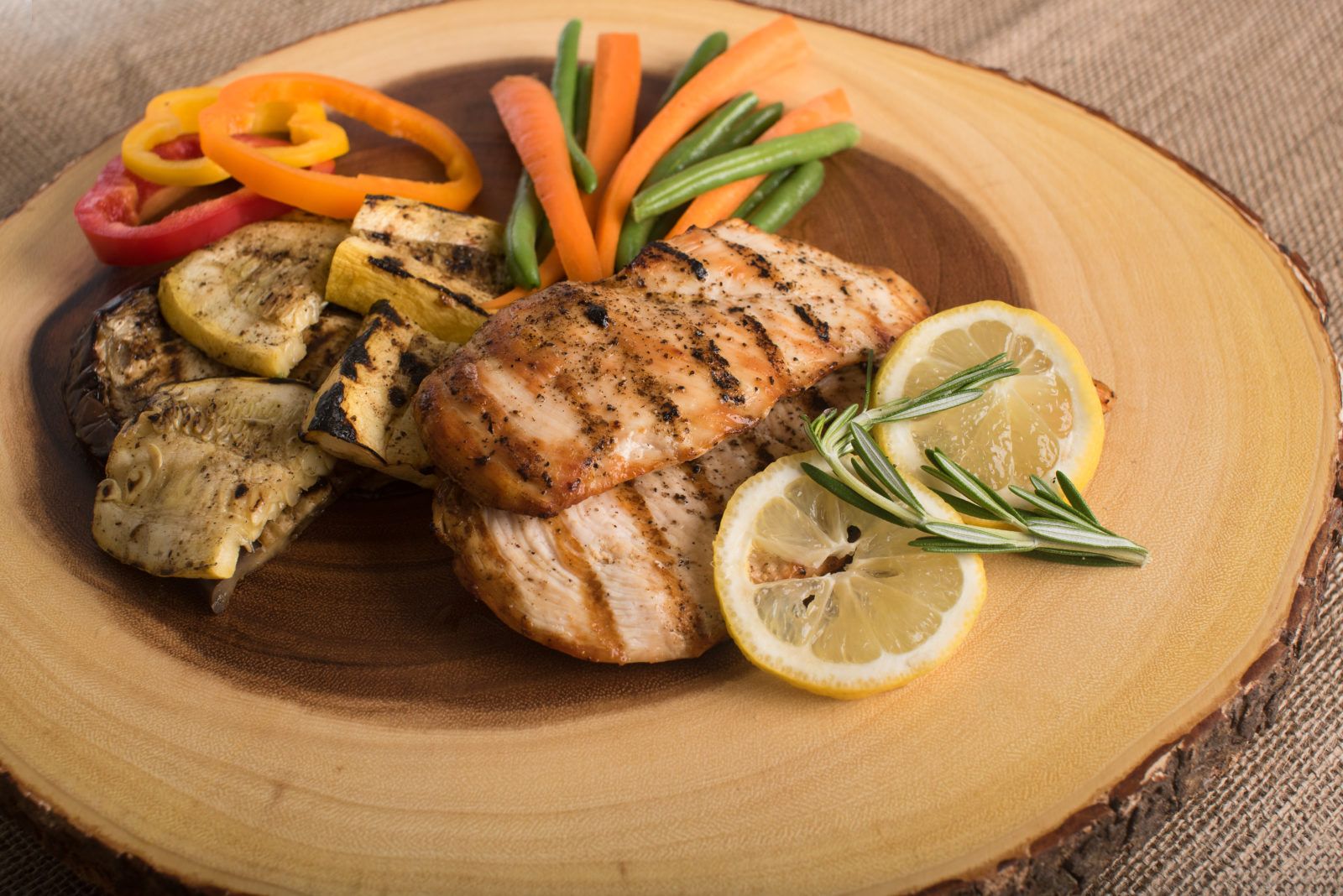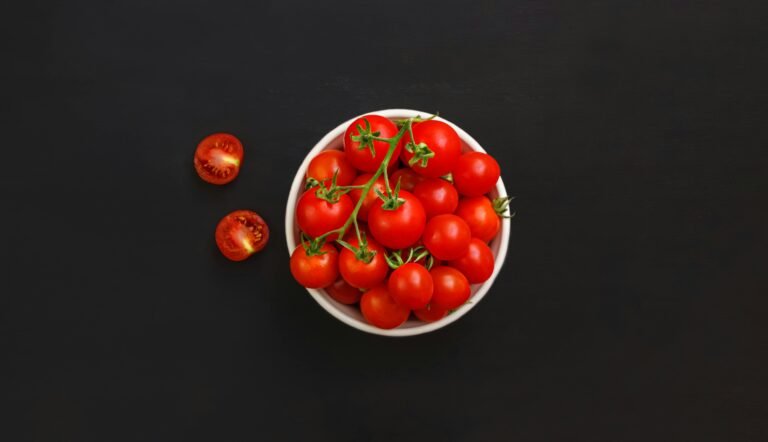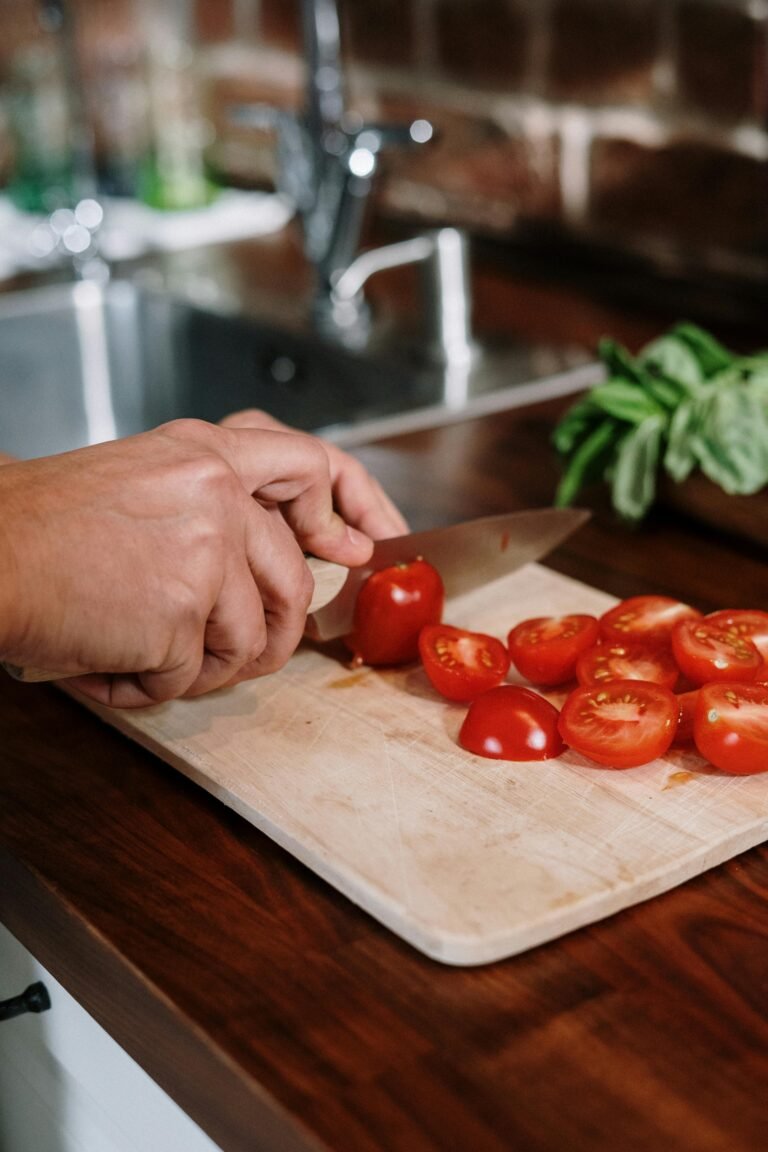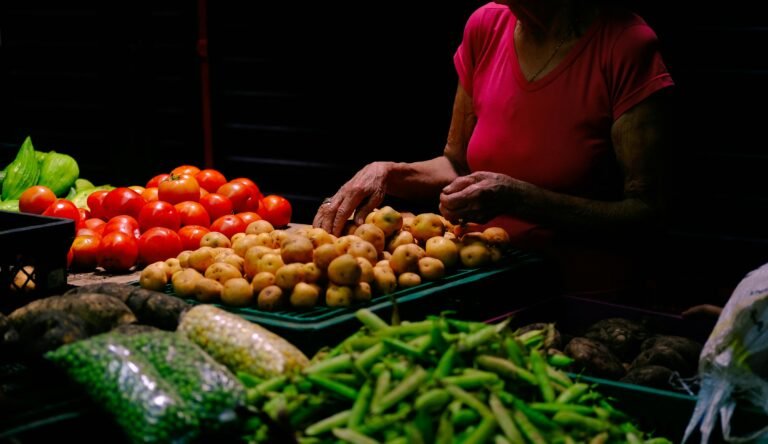Protein in the diet, how to take it and how much
Getting the right amount of protein in the diet has become the main concern of those who want to lead a proper diet and a healthy lifestyle. For example, it is the number one perplexity that all those who embrace a vegan and vegetarian lifestyle feel: “But how do you get enough protein?”.
Recently, although proteins are an important macronutrient, they are also the macronutrient that is all too present in the diet.
Protein diets are all the rage. Many protein products represent a real business for those who train and not. But how many proteins should there be in the ideal diet?
PROTEINS IN YOUR DIET: HOW MANY TO TAKE?
Protein consumption should be approximately 0.7-0.8 grams per kilo of body weight for sedentary subjects.
This solution is good up to 65 years of age. After that, it would be necessary to raise the protein quota to reduce the risk of muscle mass loss, up to 1.2 grams per kilo of body weight.
In reality, beyond what the WHO recommends, there is no one-size-fits-all solution.
In diets with a high fat and / or carbohydrate content, an effect called protein sparing occurs , whereby the body “saves” proteins for mere plastic functions.
In these diets, it has been found that a percentage of protein even lower than the WHO indications does not cause protein malnutrition, up to 7/8%. This is the case of the famous Okinawan diet. Instead, in the Mediterranean diet, the consumption of proteins is around 12-15% of the daily energy requirement.
Those who train can certainly indulge in a little more protein, but without exaggerating, simply because it is useless to go to excess. Furthermore, recently new studies have linked the consumption of some amino acids to a reduction in life and a slowing of metabolism with the risk of metabolic syndrome.
We talked about these new studies in two articles:
Reduce protein to increase longevity
Here is the real diet that awakens the metabolism
PROTEIN IN THE DIET AND TIMES GONE
In the diet of our grandparents and ancestors, the consumption of animal proteins was limited , but they were of better quality: the meat came from free-range animals that ate fodder, the eggs from those who had hens and had fresh eggs, the cheese came from raw milk.
Furthermore, once upon a time the consumption of meat or fish was very low, and many poor parts of the meat were used (the so-called fifth quarter, or offal), especially by the less well-off. Unfortunately, not only the type of animal proteins, but also their quality, are two essential parameters, which make the animal / vegetable protein division a fact of lesser importance when both intensive farming and intensive farming allow us to eat a lot and to everything.
But not everything is equally nutritious and healthy.
So how do you get the right proteins from your diet?
































+ There are no comments
Add yours